What are the differences between hatching various eggs by cabinet incubator?
When talking about the hatching of poultry, natural hatching comes to our mind first. Under natural conditions, poultry usually lay a certain number of eggs in the right season and then do the natural hatching. The vast majority of birds are hatched by females, Some birds, such as ostriches and pigeons, are hatched alternately by males or females. Females generally stop laying eggs while they are brooding. Another important way of hatching is artificial incubation which simulates the suitable hatching environment and realizes the hatching of eggs. Usually, a modern device called a "cabinet incubator” is adopted to hatch various poultries such as chickens, quails, ducks, geese, bird eggs, etc. As a result, the incubation efficiency and productivity are greatly improved.
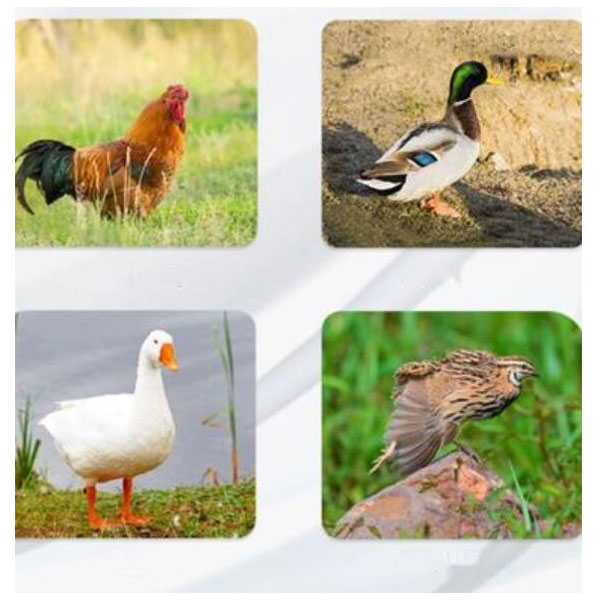
.jpg)
As cabinet incubators outperform natural hatching in many aspects, more and more farm owners started to buy artificial egg incubators for their farms. As we just said, various types of eggs can be hatched by the cabinet incubators. Beginners may wonder how to operate the incubator to create the best environment for their specific poultry. Now, let’s dive into this topic to see how can a cabinet incubator be fully used to achieve a higher hatching rate and desirable outcomes.
Main factors affecting the hatching of poultry
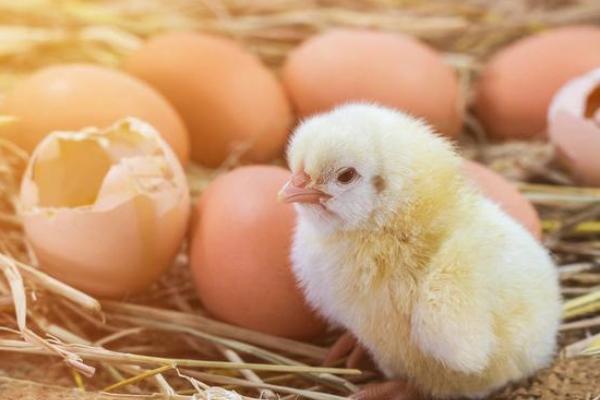
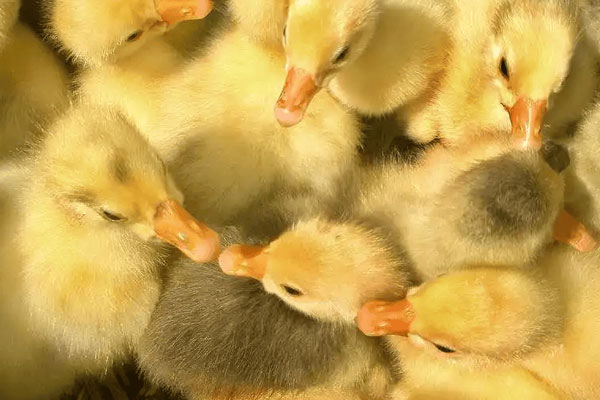
First, we must understand some factors have an impact on the hatching result of different poultries. The main factors include the hatching period(calculated by days), temperatures, humidity, overturn rate, special treatment, and after-hatching treatment. Let’s have a closer look one by one.
The incubation period of various poultry
Different poultry incubation period is different, the incubation period of different breeds of the same poultry is also different, the larger the size and the larger the egg of the poultry incubation period is longer. The incubation period is affected by variety, egg size, egg storage period, incubation temperature, and other factors.
| Poultry | Incubation Period (days) | Poultry | Incubation Period (days) |
|---|---|---|---|
| chicken | 21 | turkey | 27-28 |
| duck | 28 | Keat | 26 |
| goose | 30-33 | pigeon | 18 |
| muscovy duck | 33-35 | quail | 16-18 |
The hatching temperatures
Temperature is a crucial indicator when operating the hatching machine. The normal development of the embryo is highly affected by the stable temperatures. Generally speaking, most of the poultries hatch at a temperature between 37.2℃ to 37.7℃. If the temperature is overly high, it will accelerate the metabolism of the embryo, leading to premature birth, developmental abnormalities or deformities, or even embryonic death. If the temperature is overly low, It will delay embryonic development, and prolong incubation time, and the embryo may stop developing at an early or late stage. When the temperature is unstable, the embryos may suffer from heat or cold stress, resulting in hatching failure.
.jpg)
.jpg)
Temperatures for hatching chicken eggs: 37.5°C(99.5°F).
Temperatures for hatching duck eggs: 37.2°C(99°F).
Temperatures for hatching goose eggs: 37.2°C(99°F).
Temperatures for hatching quail eggs: 37.5°C(99.5°F).
Temperatures for hatching pigeon eggs: 37.5°C(99.5°F).
The hatching humidity
Humidity plays an important role in the normal development of the embryo and the hatching of the chicks. The humidity should be kept moderate in the early stage of incubation, while in the later stage of incubation, especially before hatching, the humidity needs to be increased to help the chicks break out of the shell. Usually, the humidity is maintained at 55-60% in the early stage and increased to 65-75% when hatching.
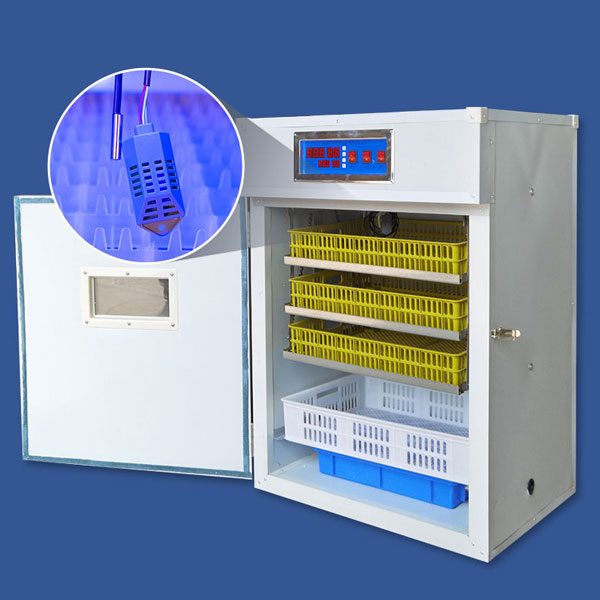
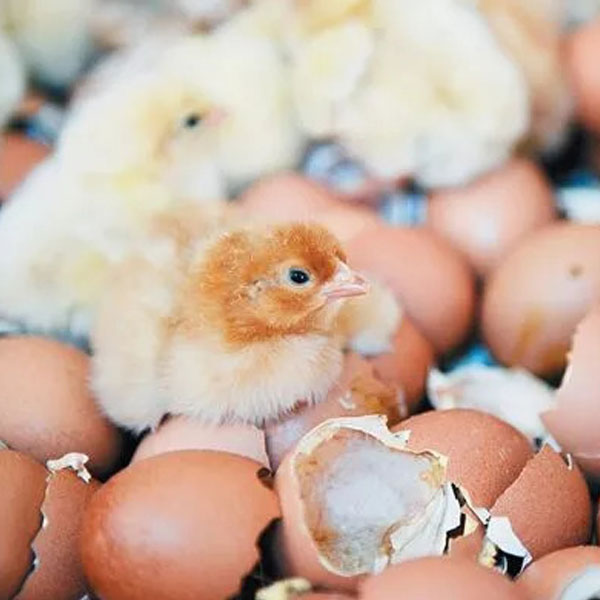
Too high humidity: The water in the egg cannot evaporate normally, the air chamber is too small, the chicks may suffocate when hatching, or the shell is too soft to break out smoothly.
Too low humidity: Too much water evaporates from the egg, resulting in dehydration of the embryo, and incomplete absorption of the yolk, and the chicks are trapped in the shell by the dry membrane, making it difficult to break out of the shell.
Humidity for hatching chicken eggs: Relative humidity is maintained at 55-60% during the early incubation period and increases to 65-70% when hatching.
Humidity for hatching duck egg: Humidity is maintained at 55-60%, increasing to 70-75% when hatching.
Humidity for hatching goose egg: Humidity is slightly higher than that of ducks, maintained at 60-65%, reaching 75-80% when hatching.
Humidity for hatching quail egg: Maintain at 55-60%, increasing to 65-70% when hatching.
Humidity for hatching pigeon egg: Maintain at 55-60%, increasing to 65-70% when hatching.
Egg turning frequency
Turning eggs is to imitate the behavior of mother birds during natural incubation. By turning the eggs regularly, the embryo is prevented from adhering to the inner membrane of the eggshell and ensures that the embryo is evenly heated. Generally speaking, the frequency of turning eggs is once every 2 hours. Insufficient egg turning: The embryo may adhere to the inner membrane of the shell, affecting normal development, and causing embryo deformity or death. Excessive or improper egg turning: Turning the eggs too frequently or forcefully may damage the embryo structure or cause temperature fluctuations, affecting embryo development.
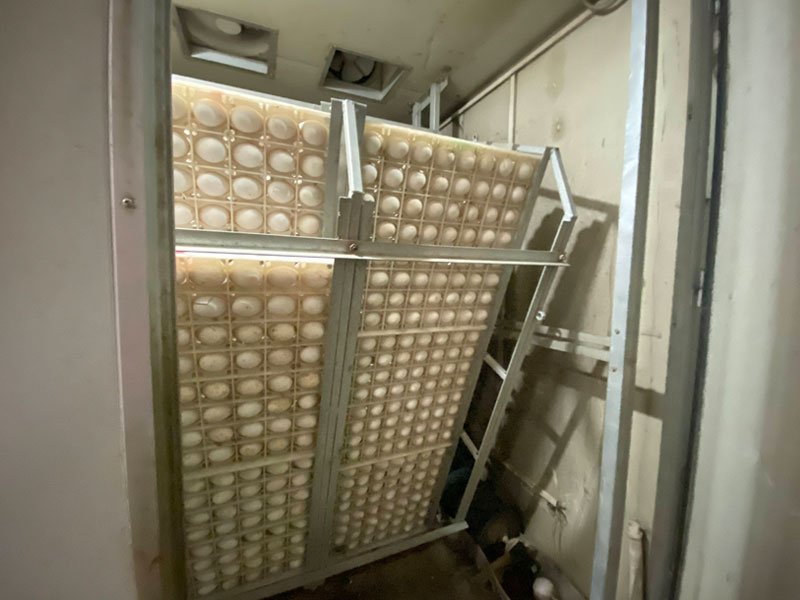
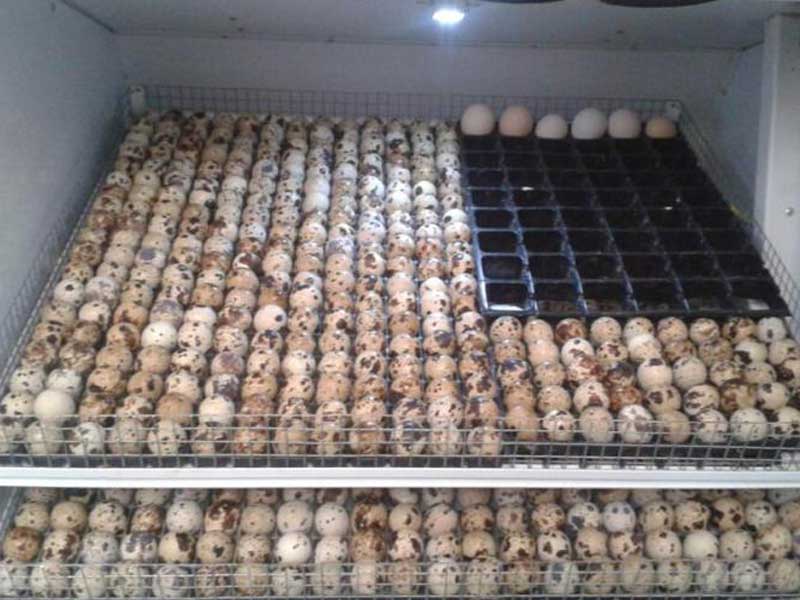
Chicken eggs, duck eggs, quail eggs: generally turn the eggs every 2 hours.
Goose eggs: Since the eggs are larger, they can be turned every 4 hours.
Pigeon eggs: Turn them every 2 hours.
Special treatment
Goose eggs and duck eggs: During the incubation process, they need to be sprayed with water regularly (especially in the last week) to help soften the eggshell and promote smooth hatching.
Handling during the hatching phase
Different birds hatch at different times, so humidity and temperature adjustments may be required depending on the incubation process. For example, quail may need increased humidity earlier in the incubator, while geese may need more time and attention as they hatch.
Suggestions for cabinet incubator users
Although different birds can be hatched in the same incubator, due to differences in hatching times and settings, it is best to avoid hatching birds with completely different hatching cycles at the same time. For example, the hatching of quail and geese is quite different, so it is not recommended to hatch them at the same time.

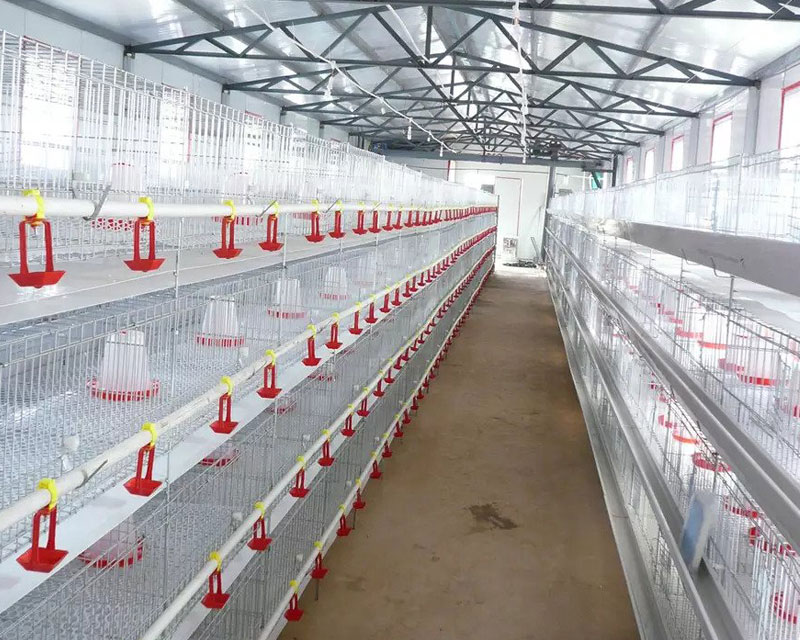 4 Tier H Type Broiler Cage Project In South Africa
4 Tier H Type Broiler Cage Project In South Africa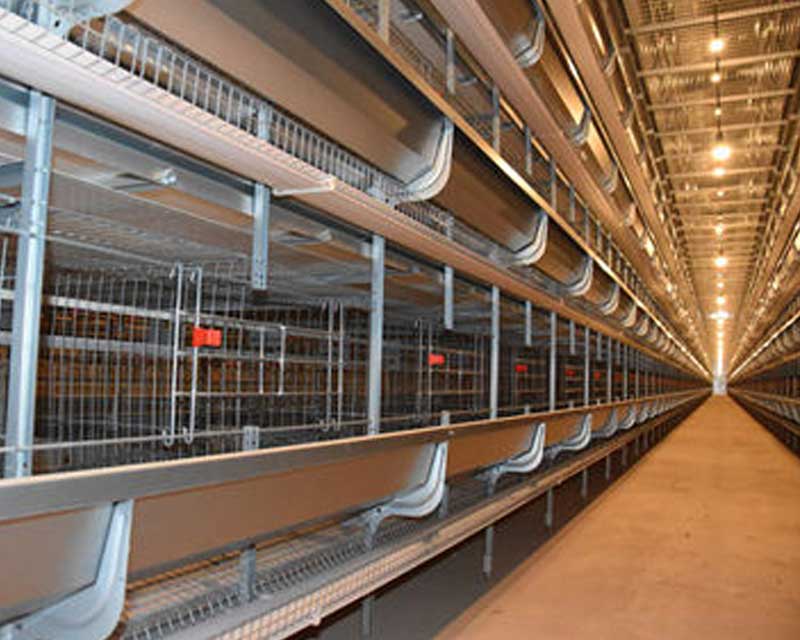 Layer Cage Project In Cuba
Layer Cage Project In Cuba H Type Layer Cage Project In Southeast Asia
H Type Layer Cage Project In Southeast Asia A Type Layer Cage Installed In West Africa
A Type Layer Cage Installed In West Africa Nigeria H Type Layer Cage Project
Nigeria H Type Layer Cage Project H Type Layer Cage Installed In Togo
H Type Layer Cage Installed In Togo